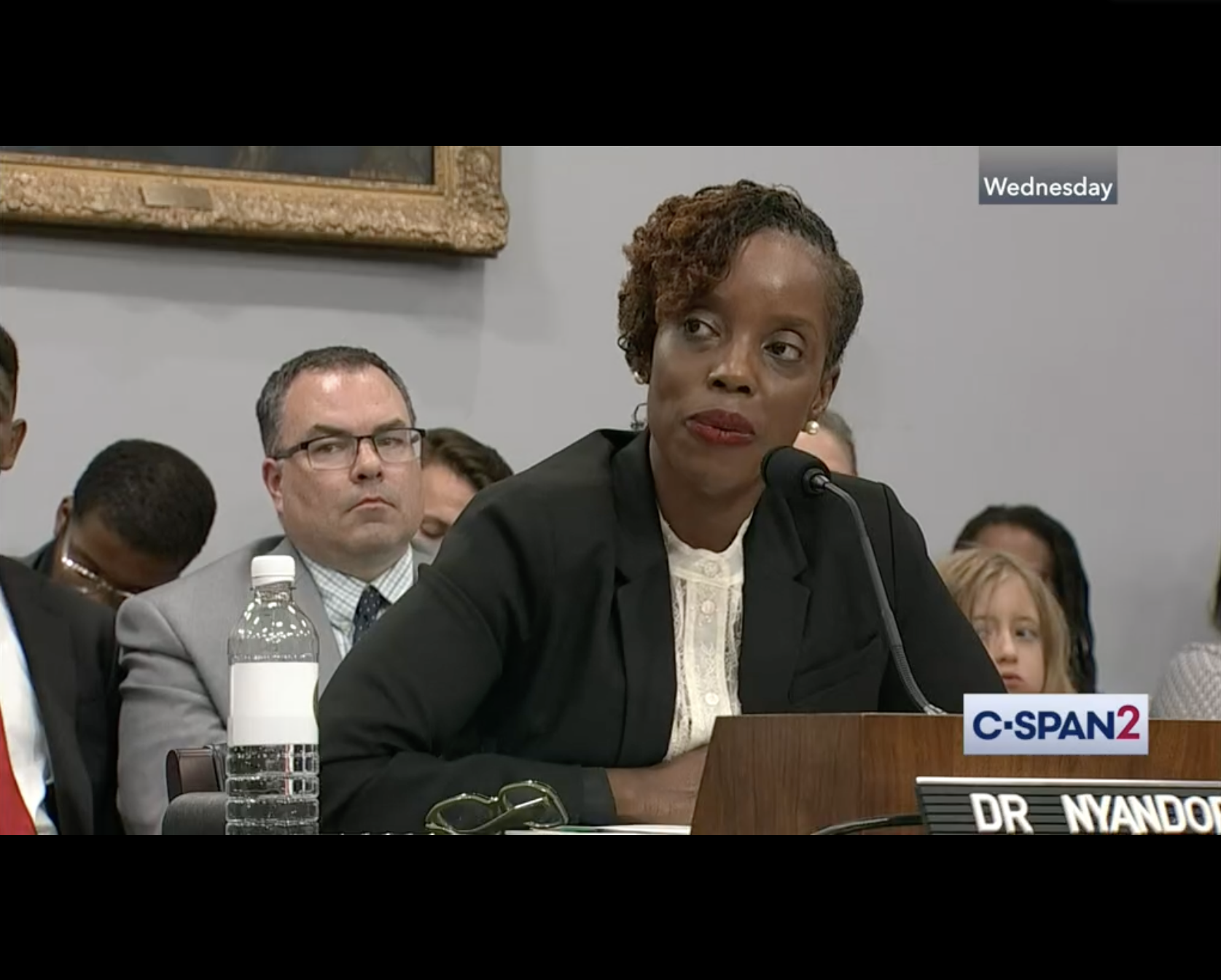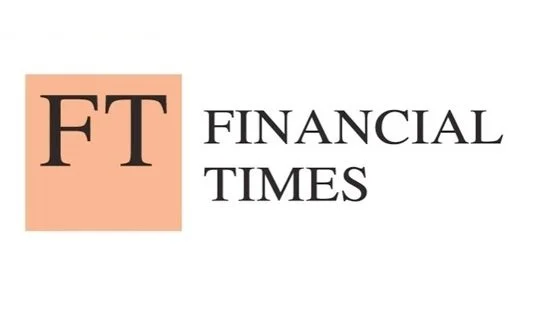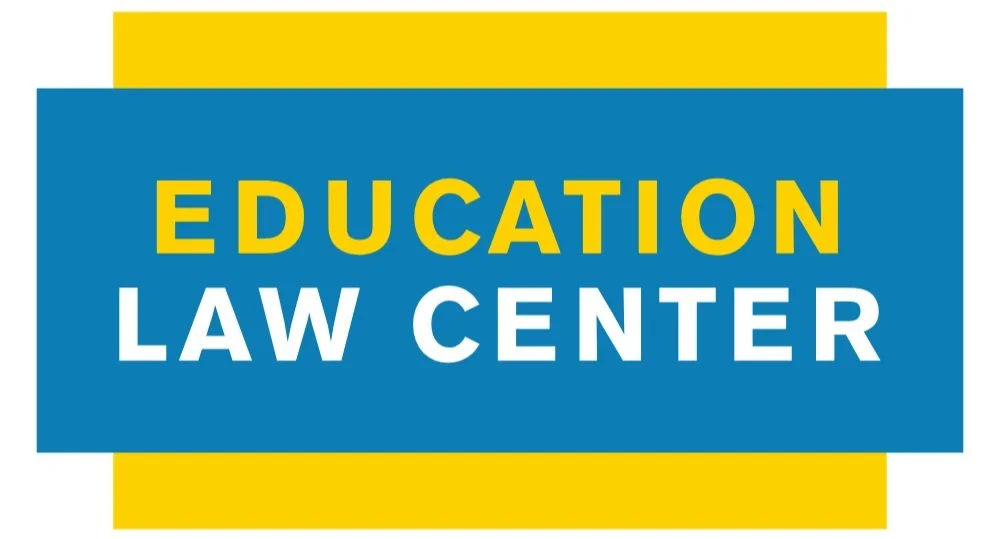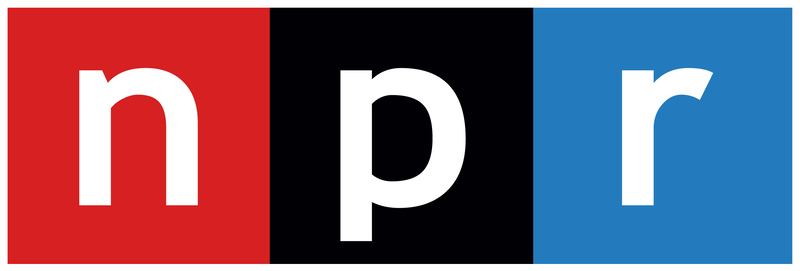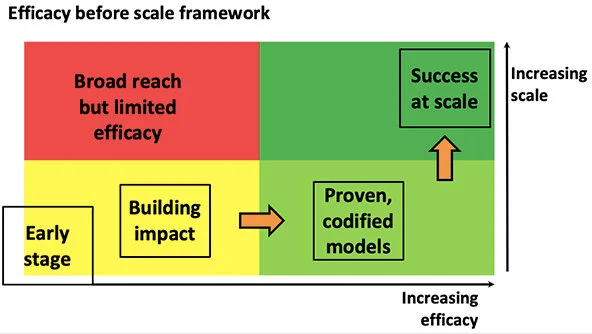Student leaders from Energy Convertors, founded by Charles Cole III, launched the “Dump the D” campaign to raise awareness about a crucial grade rule that prevents many youth of color from entering four-year colleges.
University of California and Cal State University, two of the largest university systems in the nation, require that high schoolers achieve a passing grade on each of their core academic courses. Since the mid-1990s, UC and CSU have designated a passing grade to be a C or above.
However, many districts, including Oakland Unified School District, continue to count a D as passing. That means a student can get what the school tells them and what they think are passing grades in core courses across four years of high school, only to find out they are disqualified from getting into UC or CSU.
Just 35% of Black students and 47% of Latinx students in Oakland completed the requirements needed for admission to the state’s four-year public universities, according to publicly available data. Meanwhile, 80% of white students meet the standard in Oakland.
With so much talk about building bridges to college and careers, this inconsistency means that many students are unwittingly walking the plank as they exit high school.
Read the full op-ed in the SF Chronicle or via Apple News.



